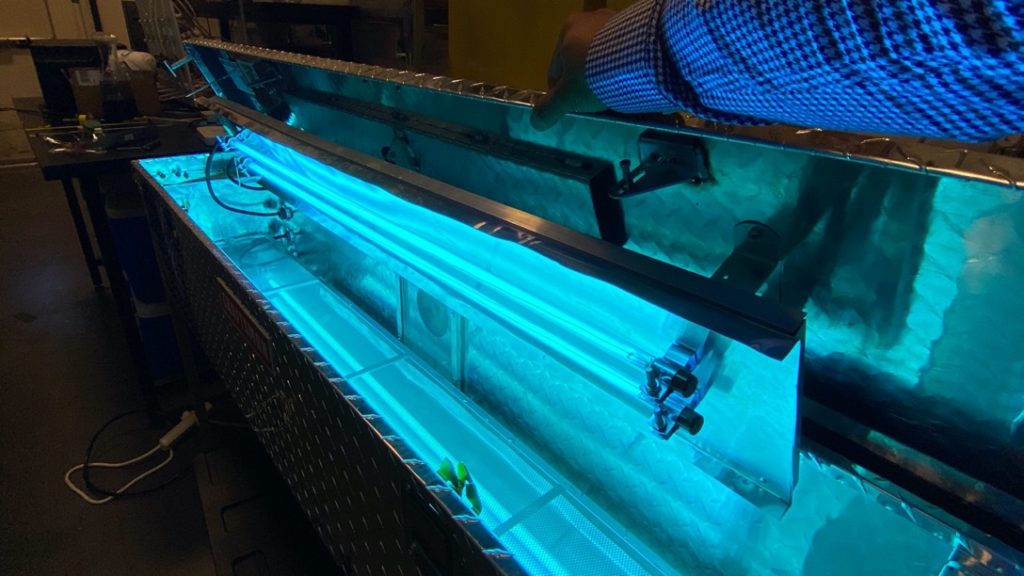Professor Paul Westerhoff’s LCnano laboratory, at Arizona State University, is one of six collaborative research partners of NCI-SW. Their skill is largely nanoengineering but when the COVID-19, coronavirus pandemic was declared, one of the most immediate problems recognized was the urgent need for medical equipment, in particular, personal protective equipment (PPE.) Could it be reused, could it be sterilized? Professor Westerhoff shared the idea of creating a device for on-site disinfection using germicidal ultraviolet, or UV-C, light to treat masks.

Dr. Westerhoff already leads research on the application of ultraviolet light to decontaminate water and collaborates with other ASU researchers. Getting just the right dose of UV light was important. But did it work? Here is where nano comes in: the team used equipment in Professor Pierre Herckes’ ASU, School of Molecular Sciences laboratory, to determine the impact of their device on the structure and performance of the masks. They created aerosols of nanoparticles the same size as coronavirus virions and attempted to send them through the masks. Their results were an unqualified success. Read more here.

… through this research, we discovered that science knows very little about how the nuances of different particles influence the ability of masks to remove them,” Westerhoff says. “So, we have an opportunity now to investigate particles of different sizes and how they interact with different surfaces in order to understand how PPE can be even more effective.”
Dr. Paul Westerhoff